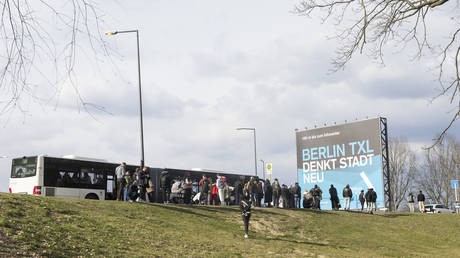Subcharters, bribes and capital flight as Mozambique’s aviation market is captured
Public institutions and major private companies in Mozambique are increasingly relying on private jets to compensate for the collapse of the national carrier, LAM. A private charter flight costs an average of 8,000 US dollars per hour. This means a round trip between Maputo and Pemba, lasting approximately six hours, may cost 48,000 dollars, the equivalent of more than 3 million meticais, not including additional expenses related to the repositioning of aircraft from countries such as Malta. The country’s aviation sector has become fertile ground for millionaire bribes, shadow businesses and unchecked capital flight, operating far from public scrutiny.

This scenario is driven by the prolonged crisis at the national airline, which is no longer able to offer a reliable service. Whenever LAM cancels flights or faces technical issues with its few operational aircraft, institutions such as the Bank of Mozambique and companies like TotalEnergies turn to private operators like Sonante Aviation and Everett Aviation Mozambique to ensure executive mobility.
The central bank is reported to be a frequent user of these services. TotalEnergies has long stopped relying on LAM and now secures its flights through dedicated charters.
Although some of these companies are legally registered in Mozambique and contribute to the tax system, the majority of flights are operated by foreign companies, especially from South Africa and Malta. The preference for these foreign providers is often attributed to personal agreements, informal commissions and non-transparent mechanisms that bypass effective regulation.
A senior civil aviation inspector, speaking to TORRE.News on condition of anonymity, described the spread of a practice known locally as the subcharter. Under this model, Mozambican companies without aircraft or an operating licence lend their names to legitimise flights conducted by foreign operators. These companies act as legal façades, allowing unauthorised foreign aircraft to operate domestic routes.
According to the expert, subcharters enable foreign jets to fly within Mozambican airspace under the cover of local companies. While the request is made officially by a Mozambican entity, the operation is fully controlled by foreigners, with an added commission fee commonly known as a bribe.
These practices undermine the potential for building a strong and competitive civil aviation sector. Rather than investing in the recovery of LAM or encouraging the growth of local operators, the market has been taken hostage by entrenched interests protected by networks of influence and political favouritism.
With aviation turned into an elite privilege, the exorbitant prices make the prospect of democratising air transport increasingly remote. Every ninety thousand dollar flight represents not only capital flight but also a missed opportunity to grow the national aviation industry and reduce external dependence.
The government continues to announce new aircraft for LAM and promises of sector reform. Recently, the Minister of Transport and Communications, João Matlombe, assured the public that there will be substantial improvements by the end of the year. Yet political statements seem more intended to buy time than to offer lasting and structural solutions.
With the sector dominated by opaque deals, political favours and chronic dependence on foreign firms, Mozambique faces one of its greatest recent challenges in asserting sovereignty over its skies. The cost continues to rise, and so far, no recovery plan is in sight.






















